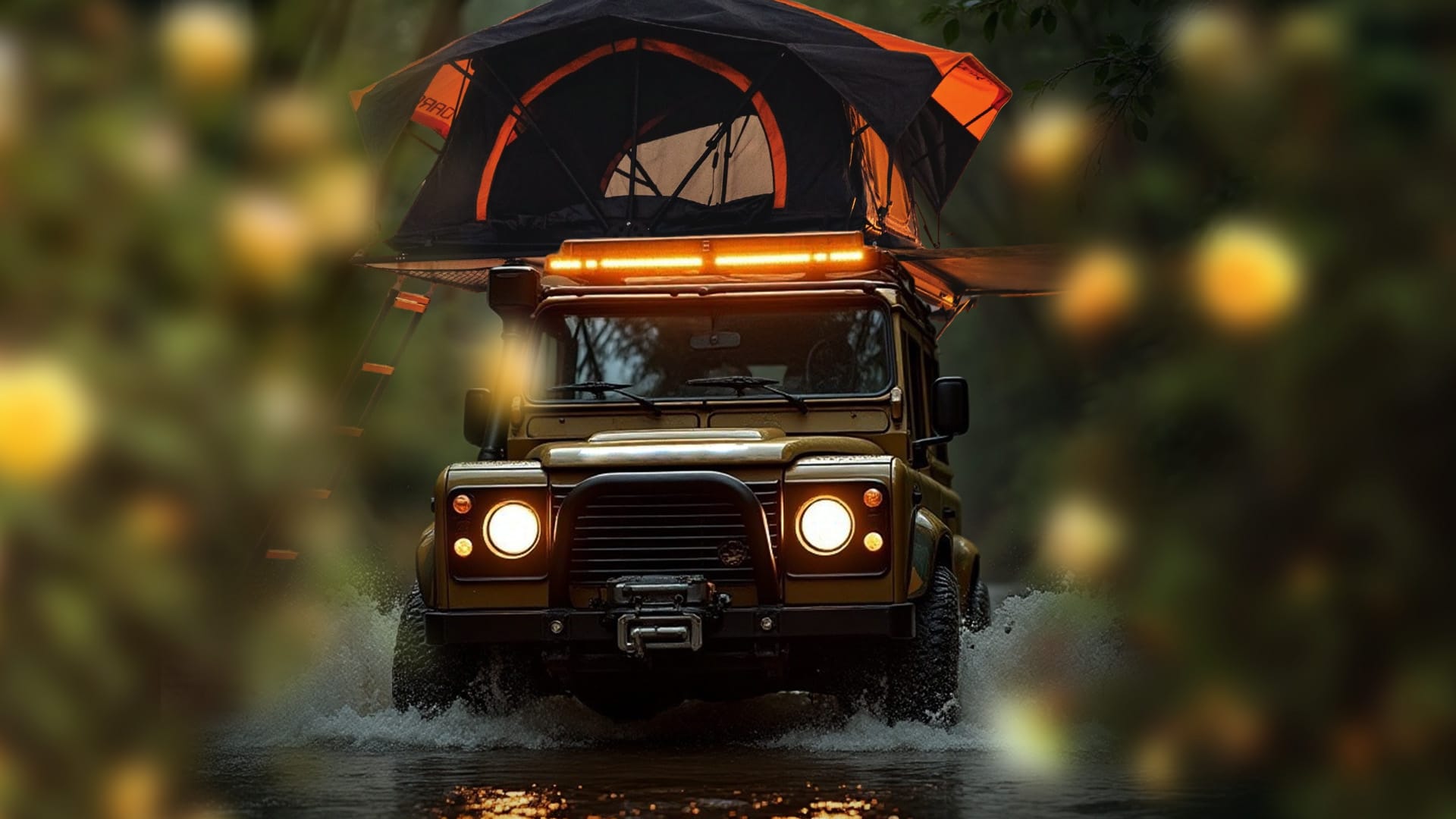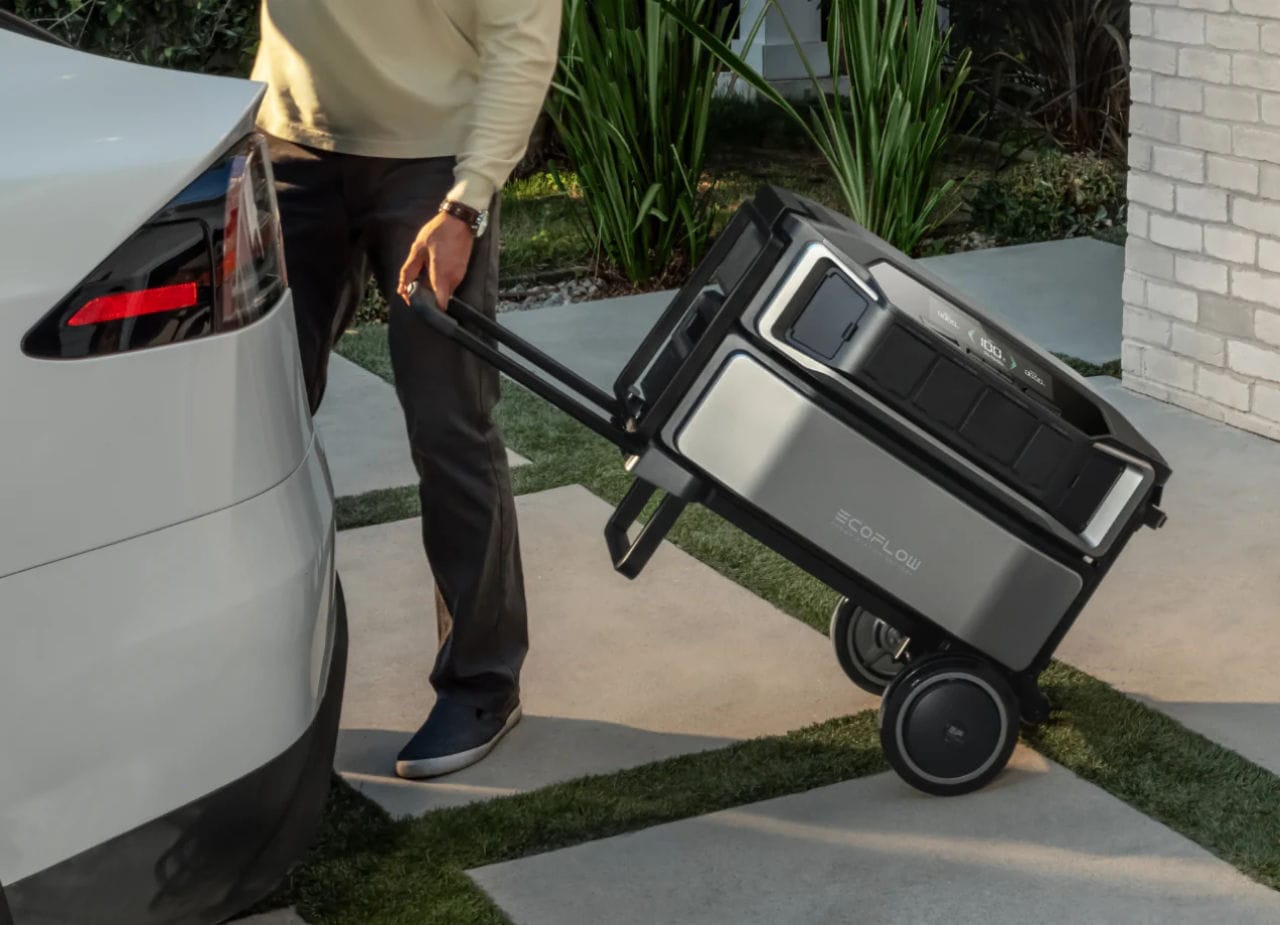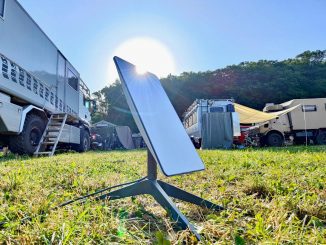Back when overlanding was mostly a synonym for taking the long way around with your buddy’s 1986 Bronco, gear was more about creativity than capability.

These days? The game has changed entirely. You’re no longer just hoping your jerry-rigged setup holds. Now, it’s all about precision-engineered gear built for real off-grid living.
And that’s a good thing. Because the deeper you push into the unknown, the more that gear isn’t just convenience, it’s your lifeline.
Power Systems That Let You Linger Off-Grid
Gone are the days of whispering sweet nothings to your solar panel and hoping for a decent trickle charge. Lithium iron phosphate (LiFePO4) batteries paired with 12V inverter systems are now the standard for serious overlanders.
Take the EcoFlow Delta Pro Ultra. This beast delivers over 3.6kWh of power and chains with solar panels or even your alternator. It can run a fridge, charge your drone, power your laptop, and still leave juice for emergency lighting. Bonus: it has a mobile app to track your power stats while you’re sitting by the fire pretending you’re offline.
Jackery, Bluetti, and Anker are all leaning into modular power stations that scale with your needs. With the right rig, you can park in a remote valley and live there for weeks, not just survive overnight.

Communication Tech That Works in the Middle of Nowhere
Cell signal? Cute. Iridium satellite communicators and Starlink Roam are the real MVPs of 2025 backcountry travel. Devices like the ZOLEO or Garmin inReach let you send check-ins, access weather reports, and trigger SOS signals from anywhere.
And Starlink’s new ruggedized dish variant finally made its way to the consumer market. As long as you have a window of sky, you’ve got broadband, which changes everything from emergency calls to streaming YouTube repair tutorials when your axle decides it’s had enough.
CBs and ham radios still have their place, especially in convoy travel, but satellite-linked messaging has become the go-to for solo overlanders and remote route planners.
Sleep and Shelter That Don’t Feel Like Compromises
Your tent should not make you question your life choices at 3 a.m. on a rainy hillside. Enter the next-gen rooftop tents from brands like iKamper and 23ZERO. We’re talking insulated walls, built-in LED lighting, telescoping ladders, and even climate-control ports that integrate with your HVAC.
And ground tents? They’ve leveled up too. Decathlon’s 2-Second Easy Tent now includes built-in solar-powered ventilation and internal USB hubs. No joke. You can unzip your tent and still charge your phone with the sun.
If you’re feeling extra, overland trailers with pop-out kitchens and slide-out queen beds are borderline glamping. The OPUS OP4 even has air-beam inflation, which auto-deploys the frame in under 2 minutes. Madness.
Water and Food That Aren’t Just Afterthoughts
Serious hydration setups are no longer just gravity-fed bags and brittle jugs. Brands like Dometic and GoSun are rolling out compact water purification systems that filter and UV-treat on demand.
The LifeSaver Cube, for instance, lets you process creek water into drinkable H2O without pumping. For long hauls, overlanders are now installing under-chassis tanks with auto-fill options from streams. Yes, it’s wild. Yes, it’s overkill. And yes, it’s glorious.
Food-wise, dual-zone fridge/freezers like the ARB Zero let you bring along steak and popsicles in the same box. Paired with induction cooktops and collapsible cookware, even a 10-day boondock feels like a food festival. Rehydrated chili? That’s a war crime.
Trail Navigation That Doesn’t Fail You When It Matters
You can thank Gaia GPS, OnX Offroad, and Garmin Overlander for putting paper maps on the endangered list. These apps integrate satellite imaging, topo overlays, and terrain slope analysis with offline syncing.
In short, they’re what Google Maps wishes it could be. And yes, they still let you drop pins for water, camp spots, or that questionable hill climb your ego insists on conquering.
Plus, newer digital dash units, like the Tread XL, double as full-blown nav centers with live route tracking, weather integration, and buddy-beacon sharing. You won’t get lost unless you want to.
Overlanding Playing (and Pausing) on the Move
Even adventure has downtime, and in 2025, you don’t have to choose between remoteness and entertainment. Once camp is set and the firewood’s stacked, some overlander kick back with Bluetooth projectors or even mobile VR setups.
And yes, some of them gamble.
I met a pair of vanlifers in Arizona who swore by their ritual of checking in with the WinBetZillo site every few nights. Since they avoid brick-and-mortar casinos while traveling off-grid, they treat it as their lighthearted pitstop. They stream games via satellite, sip whiskey under the stars, and if the Wi-Fi holds, maybe even win a bit of fuel money. It’s not traditional by any means, but then again, neither is overlanding.
The DIY Mods That Still Matter
No matter how polished your gear, there’s still a joy in slapping together your own overlanding upgrades. Whether it’s rewiring your solar setup for more output or rigging a quick-detach awning mount, tinkering is half the fun.
Recovery boards, shovel brackets, DIY traction mats, and custom MOLLE panels are still the beating heart of enthusiast rigs. Even with all the prebuilt wizardry, there’s always room for clever hacks with ratchet straps and a bit of stubbornness.
Overlanding in 2025 Isn’t Just Better, It’s Smarter
This new wave of gear isn’t just lighter or flashier. It’s designed to reduce risk, maximize utility, and make those once-intimidating trips far more accessible. What used to be a rugged test of endurance is now a calculated exercise in smart preparation.
Overlanding is no longer reserved for survivalists and gear junkies. Whether you’re in a kitted-out Tacoma or a Subaru Outback with a roof basket, the road less traveled is now more open than ever, and better supported too.
One thing’s for sure: the best gear isn’t the flashiest. It’s the stuff that fades into the background while you’re focused on the trail ahead. Because the real goal? Getting further out, staying longer, and coming back with stories worth telling.
Even if some of those stories include satellite gambling under a desert sky.

